The central bank is aiming to expand its foreign exchange reserves, leveraging gold inflows and stronger macroeconomic management, Governor Dr. Johnson Pandit Asiama said at the 2025 IMF Annual Meetings in Washington, United States of America.
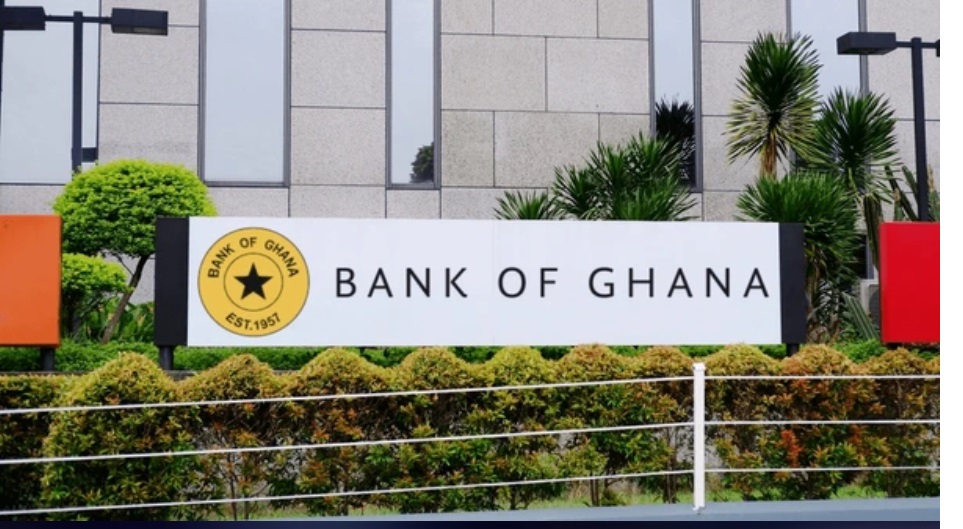
The Bank of Ghana (BoG) has seen about US$8billion in gold revenues since March this year, a figure that has directly contributed to a steady rise in the country’s reserve buffer. The surge comes after government established Goldbod, a public institution tasked with overseeing the inspection, acquisition, sale and export of gold.
“Goldbod has done a tremendous job in a short time, bringing in about US$8billion,” Dr. Asiama said during a side-event themed Ghana: From crisis to confidence.
He explained that the central bank examines these inflows and channels the remainder into its reserve account.
Prior to Goldbod’s creation, gold exports were decentralised and foreign exchange from sales often did not return to the country. Last year’s liberalised market allowed individuals to manage exports, leaving a significant portion of revenue unaccounted for in national reserves, the Governor noted.
The establishment of a centralised authority has strengthened the country’s import cover. Ghana currently holds reserves sufficient for about 4.5 months of imports, up from 3.2 months during the peak of its crisis.
“We want to build more and more reserves,” Dr. Asiama said. “The central bank is committed to mitigating vulnerabilities associated with Ghana’s status as a commodity-exporting economy.”
BoG also receives gold bullion directly from large mining firms, which further boosts reserves. This – combined with incremental inflows from exports, remittances and non-traditional exports – has improved the Bank’s ability to stabilise the domestic currency while smoothing volatility in the foreign exchange market.
The country recorded a trade surplus of US$6.2billion in the first eight months of this year, while international reserves reached US$10.7billion – equivalent to 4.5 months of import cover. The cedi has appreciated 21 percent year-to-date, placing it among the best-performing currencies globally
Dr. Asiama stressed that while inflows are growing, the Bank continues to operate a flexible exchange rate framework – balancing market forces with measured intervention.
Recent months required “lumpy” payments to bondholders and other creditors, which the central bank met without disrupting market stability, he said.
The Governor highlighted ongoing efforts to enhance value addition in key commodity sectors. The nation’s plans to increase processing of gold, oil and cocoa will reduce vulnerability from raw export reliance.
“Gold refineries are nearing operational status to allow local refinement before export, further supporting reserves and national revenue,” Dr Asiama said. “Some processing can take place in the country, which reduces our vulnerabilities.”
Despite the gains, he cautioned that risks remain and sustained economic policy discipline is critical to maintaining the progress.
“The central bank continues to monitor inflows, adjusting reserve management to meet both domestic needs and international obligations,” he said.


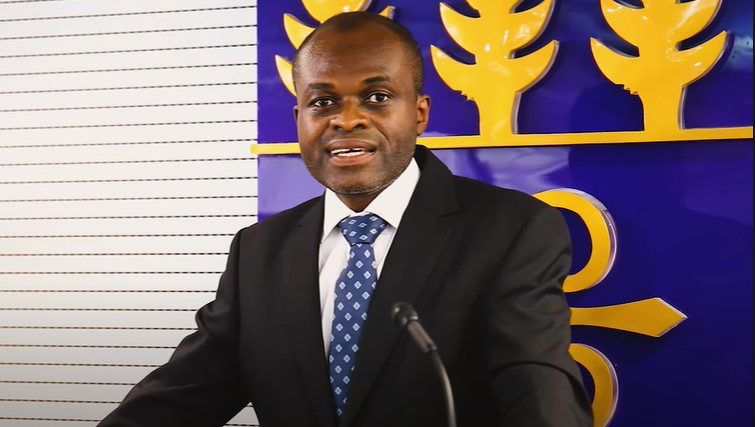
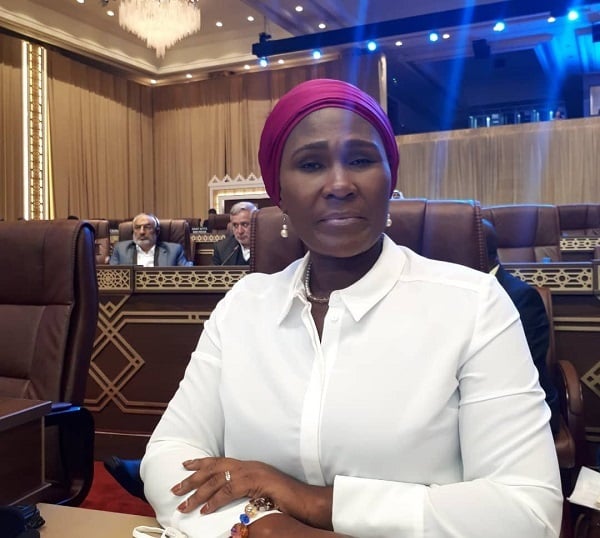
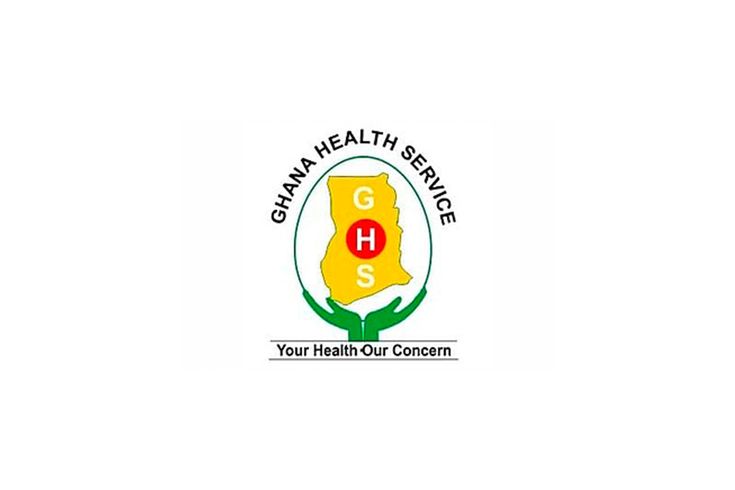
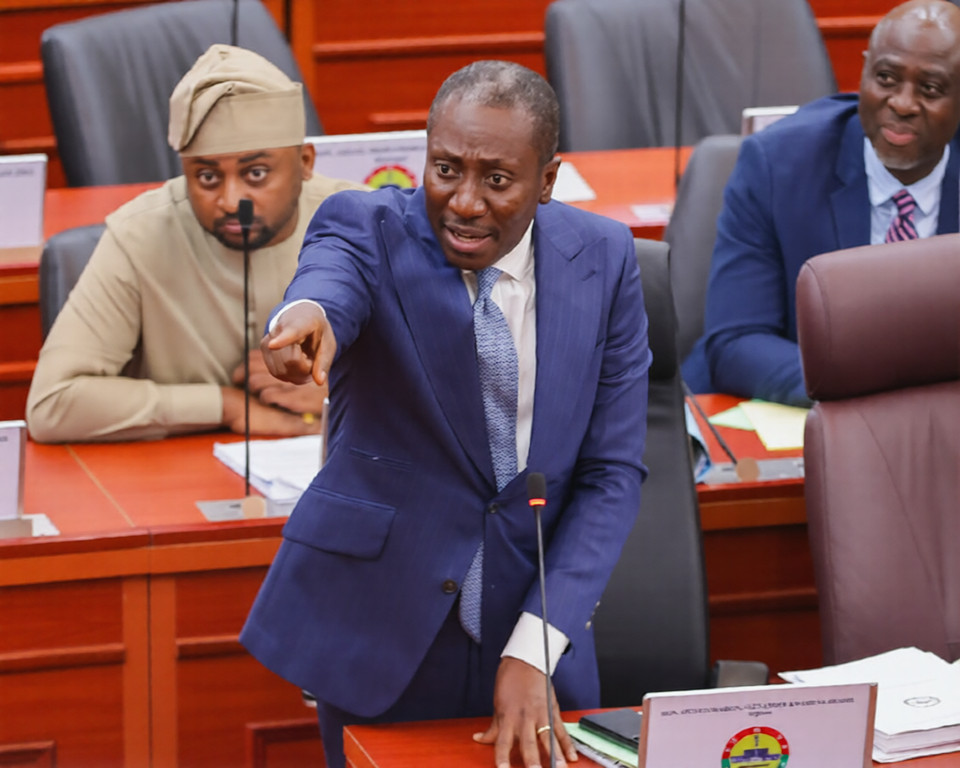
No comment yet, add your voice below!